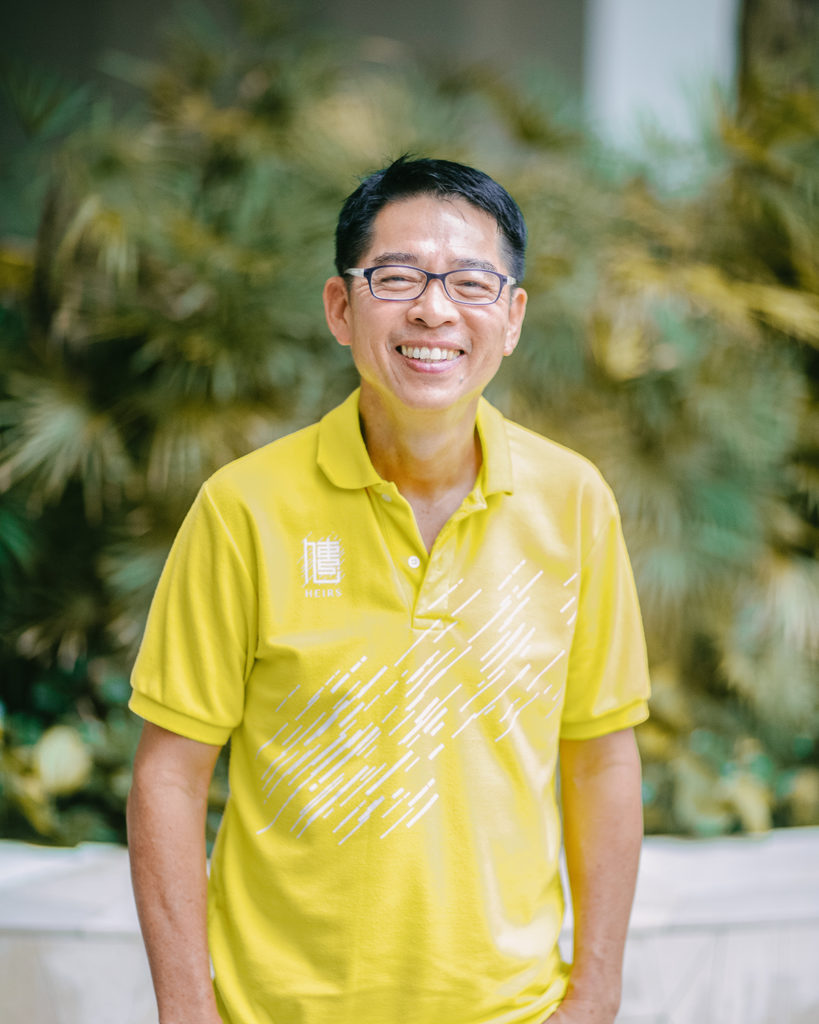
Director, Outreach and Community Engagement,
College of Alice & Peter Tan, NUS (Primary)
Former NYLD Speaker 2012
“One of the things I experienced in my Yunnan experience was this conundrum about a bridge that was built. A huge river was in between a village and the market. It was imperative for the villagers to cross the river to go to the market, because in addition to goods, it was also access to ideas; to medicine; to treatment. So, you build a bridge and the village GDP rises. Family income rises due to commerce. But if you build too big a bridge, and it gives access to companies and larger firms, suddenly it doesn’t become as attractive to the villagers anymore. Prices of livestock go down due to economies of scale that the companies can take advantage of, and the villager can no longer sell at the same price. Proportionately, what was initially done for the village’s good turns to their detriment.”
Dr. Tan Lai Yong is not your typical community service champion. He does not believe in service for service’s sake, and strongly advocates walking the ground to discover what people really want. “A leader articulates reality. What is the reality of serving, let’s say, the migrant workers? They tell me, ‘Sir, yes we really enjoy, you take us bowling, you sponsor our shoes, you’re a nice guy. But what we really want to do is to play cricket.’ So I tell that to my students. Don’t go in trying to teach; perform; achieve. Go in and just learn how to play cricket from them.” This is what he learnt from the village bridge incident – the importance of hearing from the people and understanding what is truly needed.
As we dive deeper into how we can build this into teaching young people to exercise their influence, Dr. Tan emphasises the need for focus. Leaders have to articulate reality, and that of the profound need for conviction. As we are inundated with more information, what young people need more than ever is focus, and one key solution is to imbibe education with conviction. What do young people feel strongly for? And why? These are questions he poses to his college students, probing them for deeper introspection in order for them to influence meaningfully. This doesn’t mean that all problems are left with a rhetoric that helps no one – at the end of the day, there must be a solution that stems from personal influence.
“So how I influence is I first make known to the villagers: This is not the government’s fault, this is not capitalism’s fault – this is reality. How we work with reality is how I can help. So the next thing I do is go to the market and advertise for the villagers what they have above the corporations: Organic farm-bred livestock. I use my influence for the underdogs. Call me biased, but that is how I’ve always influenced, and that is what I advocate for.”
